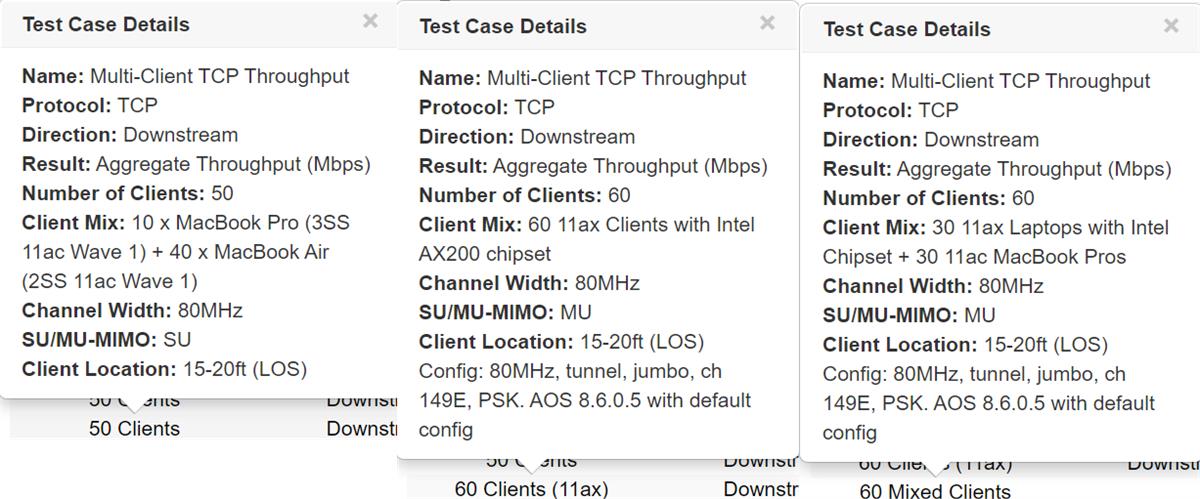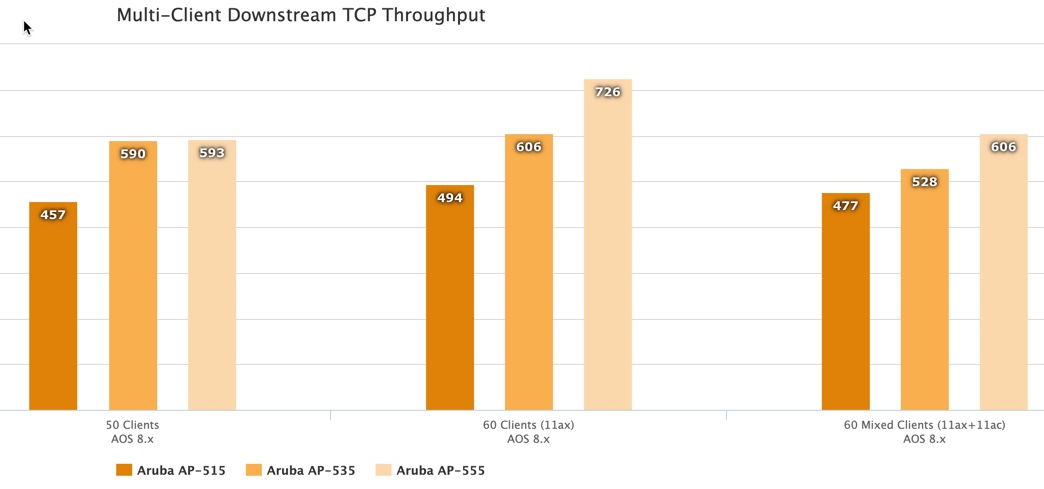On my network are a Galaxy S6 Edge+ and a OnePlus 5T, both of which claim MU-MIMO support. Also a recently retired Galaxy S7 Edge.
After reading this article, I'm wondering... should I be disabling MU-MIMO on the RT-AC88U?
The OnePlus, at least, is consistently getting a 866Mbps link rate.
After reading this article, I'm wondering... should I be disabling MU-MIMO on the RT-AC88U?
The OnePlus, at least, is consistently getting a 866Mbps link rate.



